Previous Thinking
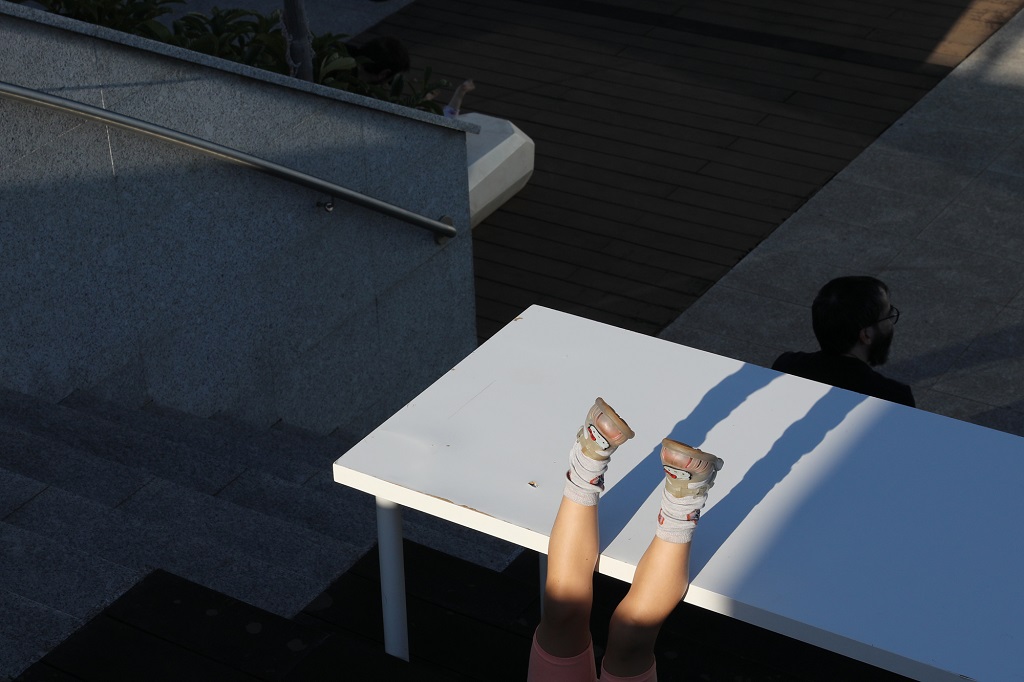
This project, focused on education for children from 0 to 6 years of age, aims to transform the museum and classrooms into laboratories for experimentation on education and art.
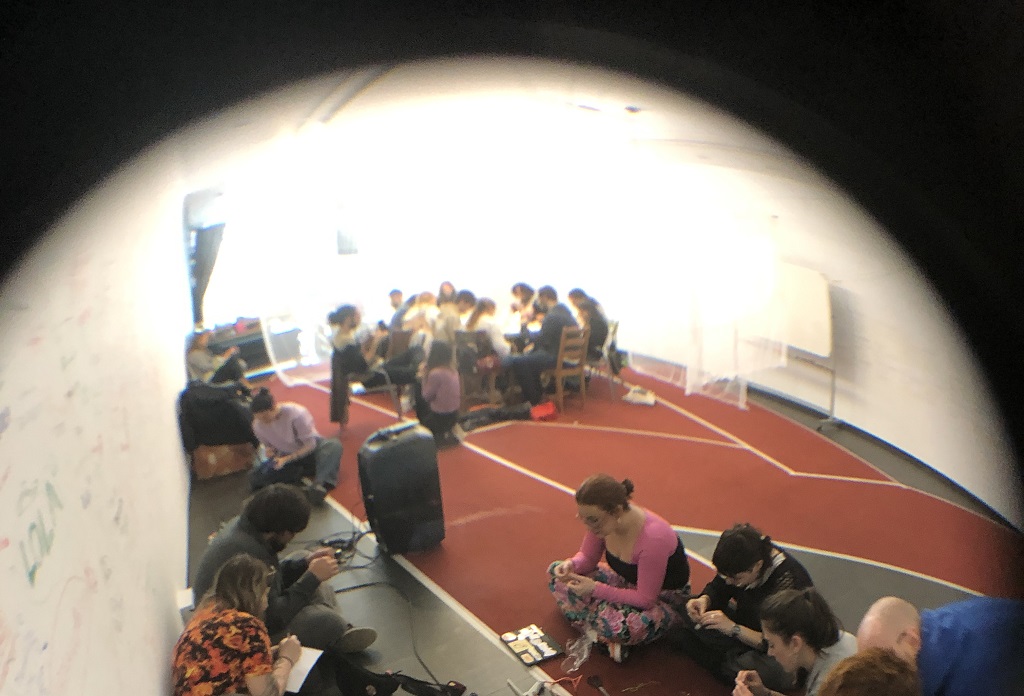
Where Things Go On is a group formed by former participants of youth programmes with an interest in culture, art and community work.
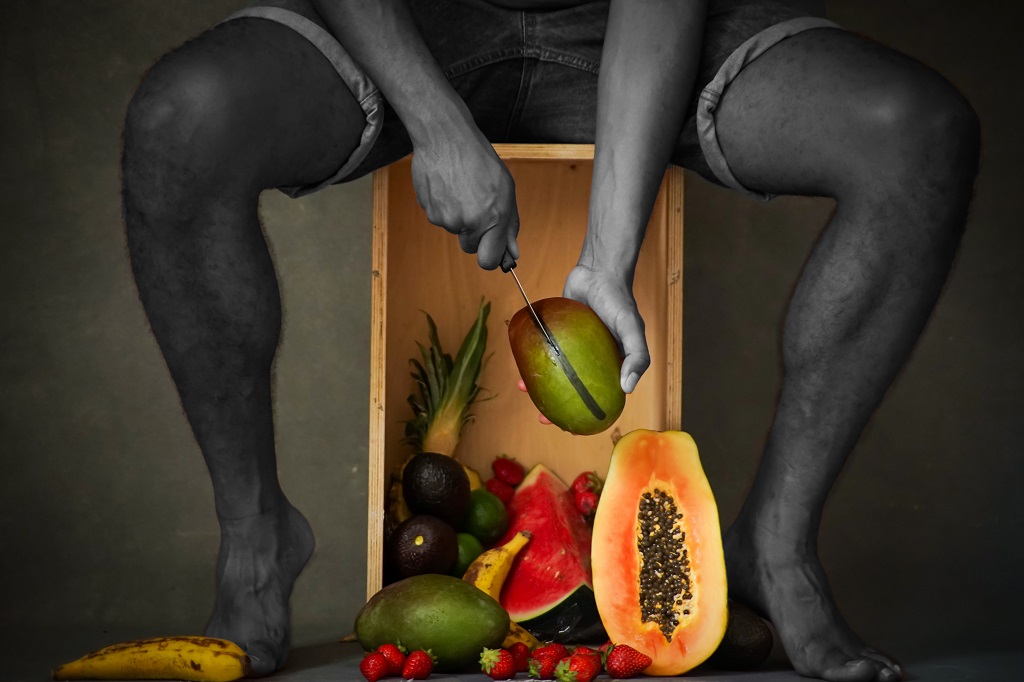
In the search for the true and provocative of performance, painting and installation, we enter the world proposed by Sol Calero and Santiago Sierra. Through the use of poetry, sound, taste and touch, Madrid Negro invites us to transit between the different proposals to reflect on the representation of racialized bodies in contemporary art.
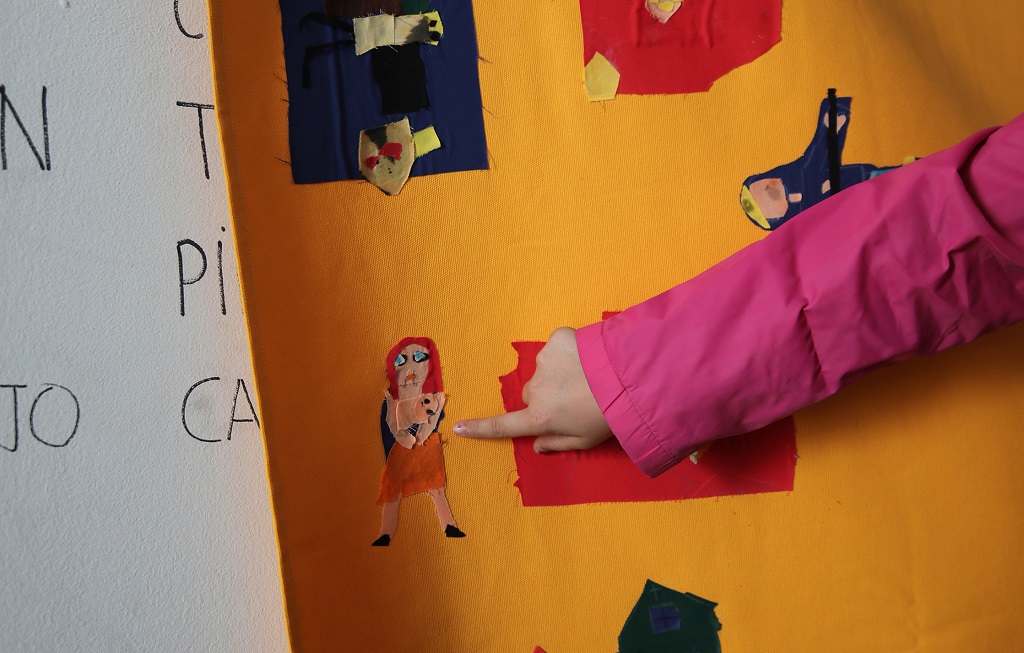
For years, the museum has maintained a close collaboration with the Federico García Lorca school in Móstoles.
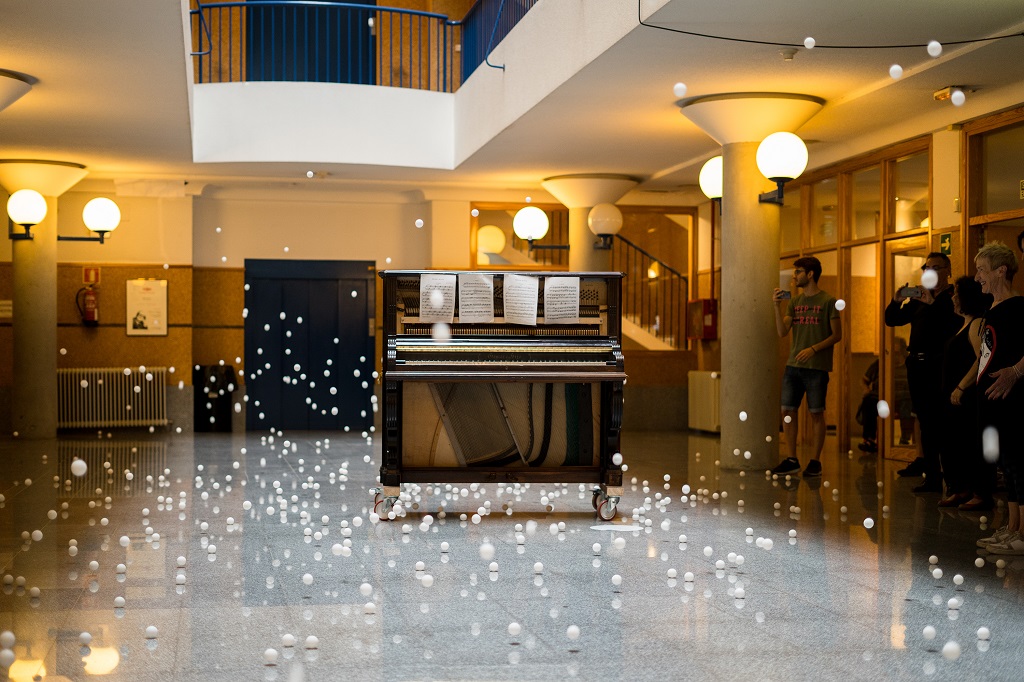
El 12 de septiembre se presenta un libro que contiene experiencias y pensamientos sobre la educación en el Museo CA2M. Parte de un proyecto sobre la escucha, El Triángulo, que atendió a un trozo de mundo limitado por un colegio, un conservatorio y un museo de Móstoles.
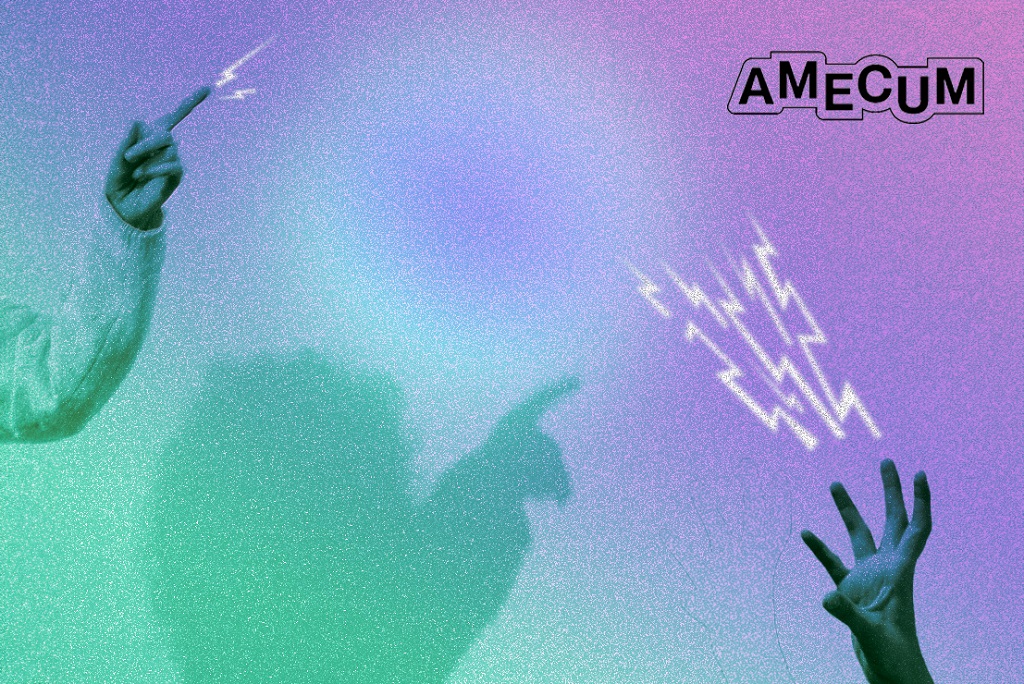
Through this announcement, we want to invite you to the project presentation, where we’ll share the results of the inquiry conducted by AMECUM, which started with an invitation from the CA2M Museum to conduct visits to the exhibitions. Thus, we wanted to engage in an open act/performance/ritual to freeze time and record the fleeting footprints of our mediations, which still exist as living spectres.
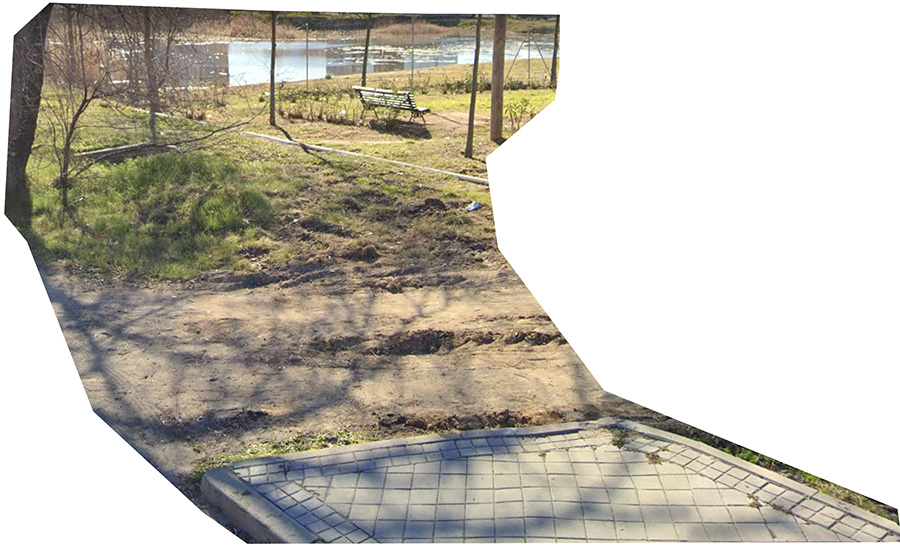
Ciudad Sur is a shared experimental space begun in 2021 which, taking its starting point in Móstoles, wishes to explore the many faces and manifold riches that generate a sense of belonging in the cities within the metropolitan area of Madrid. Its second edition is called Brota invisible (Invisible Flow).
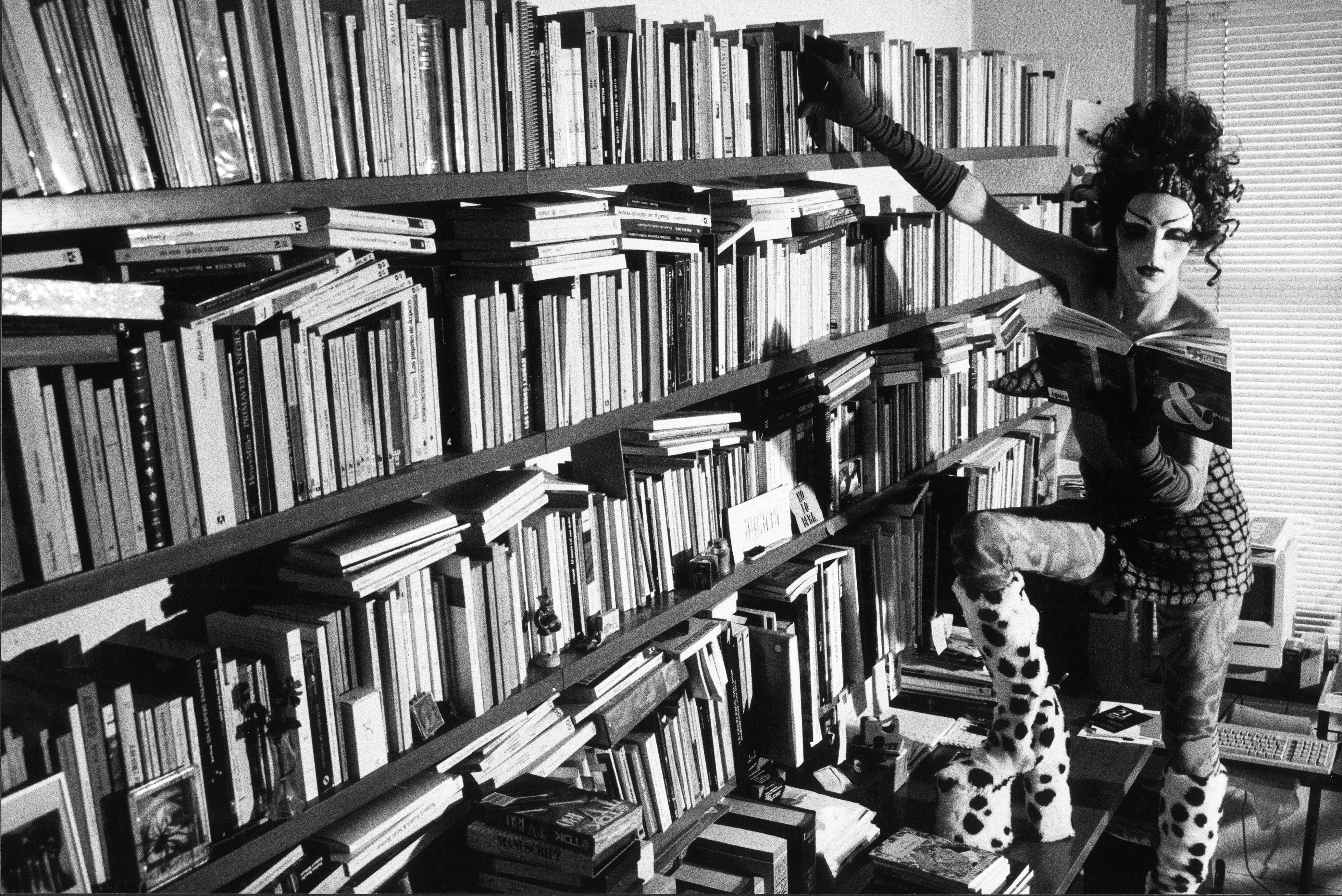
MCA2M announces an open call for the submission of research projects to be presented at the 27th Image Symposium, whose theme is club culture: club culture as the act and practice of expanding the field of given representations of subjectivity, of producing fictions of somatic permanence, fluctuations in desire, possibilities of dissidence towards the social distribution or other relationships between the body and temporality.
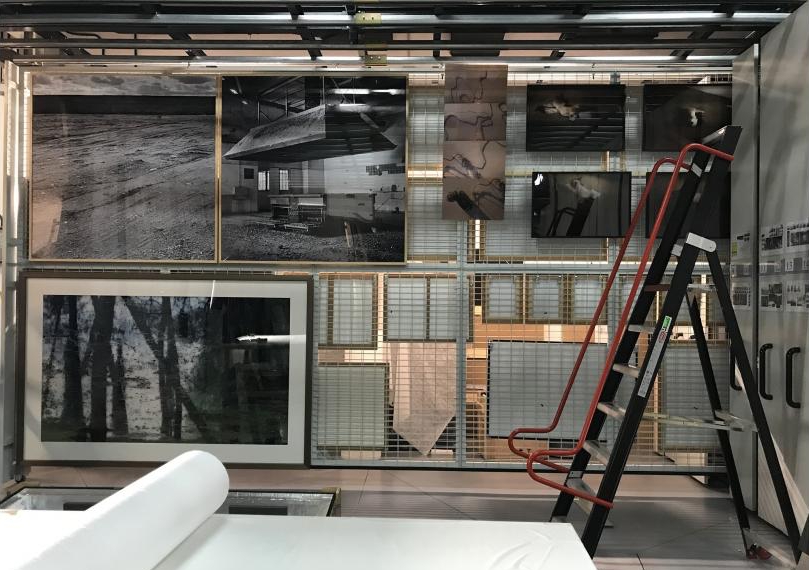
The Research, Data, Documentation, Enquiring and Causation Department (DIDDCC) is a temporary and intermittent structure, directed by Sergio Rubira, that constitutes a space for the study and collaborative research of the museum institution and what it means to call the CA2M by that name